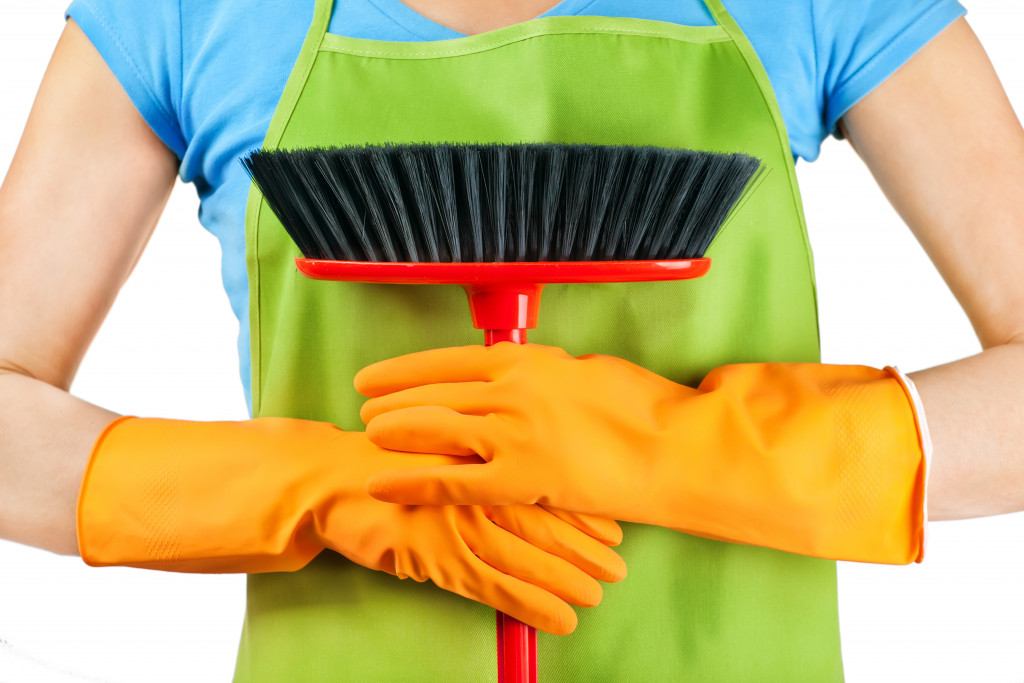Foodservice establishments are governed by several laws to maintain cleanliness and sanitation, protecting their crew, customers, and the surrounding communities. Apart from general hygiene, restaurants observe rules that are commonly neglected: grease trap regulations.
Grease traps are built into drainage or waste pipes, blocking oils, grease, and fats to prevent them from passing into a sewer system. As the food solids accumulate, the grease trap becomes less efficient. An unmaintained trap blocks drainpipes and sewers, which can cause a foul odor in your kitchen. It can also restrict the flow of wastewater.
Some food service establishments install specialized devices to prevent these problems from arising. But even with such tools, the best way to keep your grease trap clean is through regular maintenance. Consistent upkeep keeps your grease trap efficient and makes septic tank cleaning easier.
Grease Trap Maintenance
Grease trap regulations vary per state, but they have similar provisions. First, the grease trap, interceptor, or any similar fitting should be approved by whichever governing body the country has. It should be readily accessible for inspection to make sure the grease trap is up to code.
Using emulsifying agents, such as acids and caustics, solvents, and other toxic chemicals to de-clog or de-grease the trap, is prohibited. These substances are potentially harmful to the environment and public health. Also, you can’t dispose of waste oils and grease into sanitary sewers.
Hiring a professional grease trap service ensures that the maintenance is done thoroughly and accurately. But if you have a small indoor grease trap, you can clean it yourself to cut costs. Just make sure to get the necessary permit to clean it out per state laws.
How to Clean Your Grease Trap

First, you need to prepare the following tools and equipment: rubber gloves, coveralls, gas masks, crowbars, wrenches, scrapers, shop vacuums, and buckets.
Put on your protective wear. You need to wait for the water inside the tank to cool down, especially if the dishwasher has just been emptied of wastewater. This allows the grease to rise above the water, making it easier to scoop. Do not use the sinks or dishwasher while cleaning out your grease trap so that it doesn’t refill.
Next, use the crowbar to lift the lid of the grease trap gently. Suck out the floating grease and food solids with the shop vacuum. Keep an eye on the capacity of your vacuum to keep it from overfilling.
Then, scrape off the harder bits of grease waste that the vacuum missed. The lid and sides of the trap are likely to have large solidified bits of oils and fats. Scrub the grease trap with soap, warm water, and a steel scrubber to remove the foul odor.
Flush the trap with a gallon of clean water to rinse the soap. This should also tell you if you’ve successfully cleaned the grease trap. If the water doesn’t flow through, it’s a sign that there’s a blockage in the drainpipes. Call a professional plumber immediately. Once the grease trap is thoroughly clean, reinstall the parts and dispose of the waste.
Maintenance should be done every month and a half, or more frequently if you know that your restaurant accumulates a large amount of grease. Be diligent in maintaining your grease trap to keep your establishment up to code and to prevent any complications.

